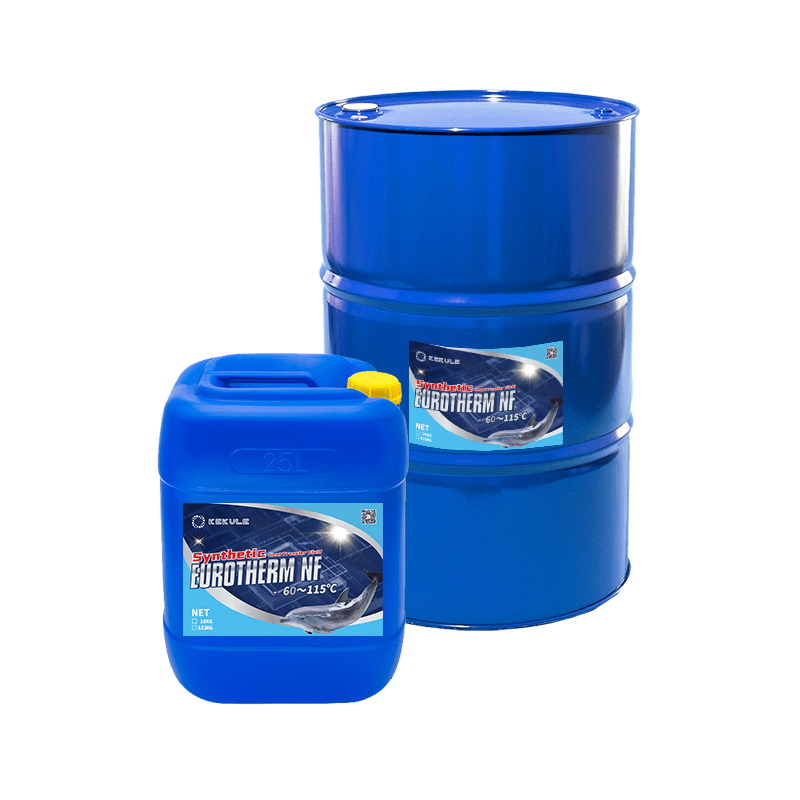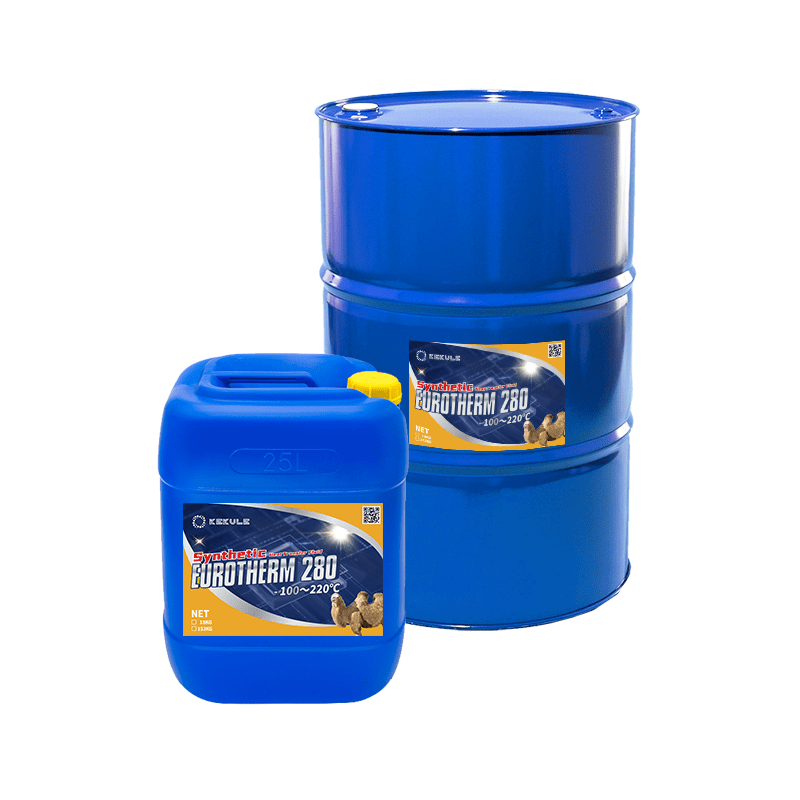3 Simple Techniques For Chemie
3 Simple Techniques For Chemie
Blog Article
Chemie Can Be Fun For Anyone
Table of ContentsGetting The Chemie To WorkGet This Report on ChemieThe Ultimate Guide To ChemieWhat Does Chemie Do?Indicators on Chemie You Need To KnowSee This Report about Chemie
By Bojanna Shantheyanda, Sreya Dutta, Kevin Coscia and David SchiemerDynalene, Inc. Liquid air conditioning, which can be accomplished utilizing indirect or direct methods, is utilized in electronics applications having thermal power densities that may go beyond secure dissipation via air cooling. Indirect fluid cooling is where heat dissipating electronic components are literally separated from the fluid coolant, whereas in situation of direct air conditioning, the parts remain in straight contact with the coolant.Nevertheless, in indirect air conditioning applications the electrical conductivity can be crucial if there are leakages and/or splilling of the liquids onto the electronic devices. In the indirect air conditioning applications where water based fluids with rust preventions are usually used, the electrical conductivity of the liquid coolant mostly depends upon the ion focus in the liquid stream.
The rise in the ion focus in a shut loop fluid stream may happen because of ion seeping from metals and nonmetal elements that the coolant fluid touches with. During procedure, the electrical conductivity of the liquid may increase to a level which can be damaging for the air conditioning system.
Fascination About Chemie
(https://www.indiegogo.com/individuals/38353167)They are bead like polymers that can exchanging ions with ions in a remedy that it touches with. In the present job, ion leaching examinations were performed with numerous metals and polymers in both ultrapure deionized (DI) water, i.e. water which is treated to the highest degree of pureness, and low electrical conductive ethylene glycol/water combination, with the measured change in conductivity reported in time.
The examples were enabled to equilibrate at room temperature for two days before videotaping the initial electrical conductivity. In all tests reported in this research study fluid electric conductivity was gauged to an accuracy of 1% using an Oakton CON 510/CON 6 series meter which was calibrated prior to each dimension.
Chemie for Dummies
from the wall surface home heating coils to the center of the heater. The PTFE sample containers were put in the heater when consistent state temperatures were reached. The examination setup was eliminated from the heating system every 168 hours (seven days), cooled down to area temperature level with the electric conductivity of the fluid measured.
The electrical conductivity of the fluid sample was monitored for a total of 5000 hours (208 days). Number 2. Schematic of the indirect shut loophole cooling experiment set-up - inhibited antifreeze. Table 1. Parts made use of in the indirect shut loophole cooling experiment that touch with the fluid coolant. A schematic of the experimental arrangement is shown in Figure 2.

The 45-Second Trick For Chemie
During procedure the fluid reservoir temperature was kept at 34C. The adjustment in fluid electrical conductivity was kept an eye on for 136 hours. The fluid from the system was accumulated and saved. In a similar way, closed loophole test with ion exchange material was executed with the exact same cleaning treatments utilized. The preliminary electric conductivity of the 230ml UP-H2O in the system measured 1.84 S/cm.

0.1 g of Dowex material was included to 100g of liquid examples that was absorbed a different container. The combination was stirred and change in the electrical conductivity at area temperature level was measured every hour. The measured change in the electrical conductivity of the UP-H2O and EG-LC test fluids having polymer or steel when involved for 5,000 hours at 80C is revealed Figure 3.
The 6-Minute Rule for Chemie
Ion leaching experiment: Measured adjustment in electrical conductivity of water and EG-LC coolants having either polymer or steel samples when immersed for 5,000 hours at 80C. The results suggest that steels contributed less ions right into the fluids than plastics in both UP-H2O and EG-LC based coolants.
Liquids containing polypropylene and HDPE displayed the lowest electrical conductivity modifications. This might be due to the brief, inflexible, linear chains which are less most likely to contribute ions than longer branched chains with weaker intermolecular forces. Silicone additionally did well in both examination liquids, as polysiloxanes are usually chemically inert due to the site link high bond energy of the silicon-oxygen bond which would protect against destruction of the material right into the fluid.
An Unbiased View of Chemie
It would certainly be anticipated that PVC would create similar results to those of PTFE and HDPE based upon the comparable chemical structures of the materials, however there may be other impurities existing in the PVC, such as plasticizers, that might impact the electrical conductivity of the liquid - therminol & dowtherm alternative. In addition, chloride groups in PVC can likewise leach into the examination fluid and can create a boost in electrical conductivity
Polyurethane entirely broke down into the examination fluid by the end of 5000 hour examination. Before and after pictures of metal and polymer examples submersed for 5,000 hours at 80C in the ion leaching experiment.
Calculated modification in the electric conductivity of UP-H2O coolant as a function of time with and without material cartridge in the closed indirect cooling loop experiment. The gauged modification in electrical conductivity of the UP-H2O for 136 hours with and without ion exchange material in the loop is received Figure 5.
Report this page